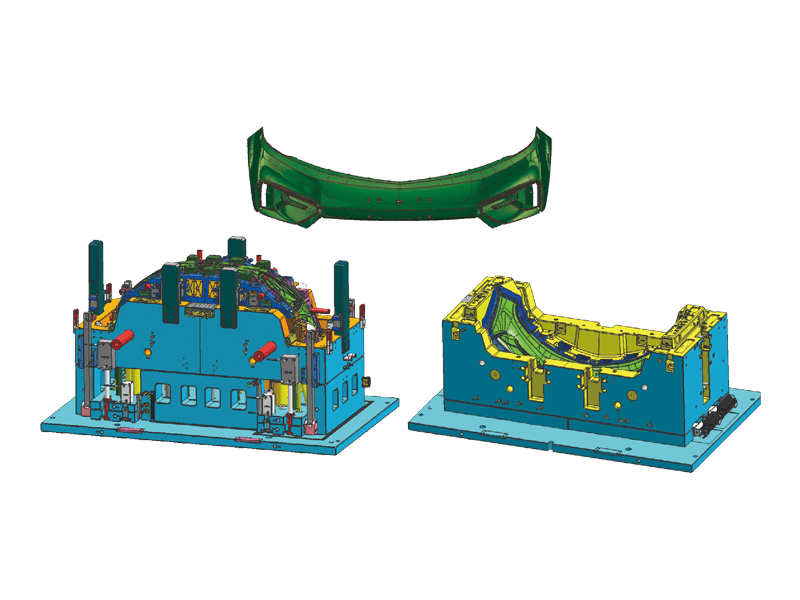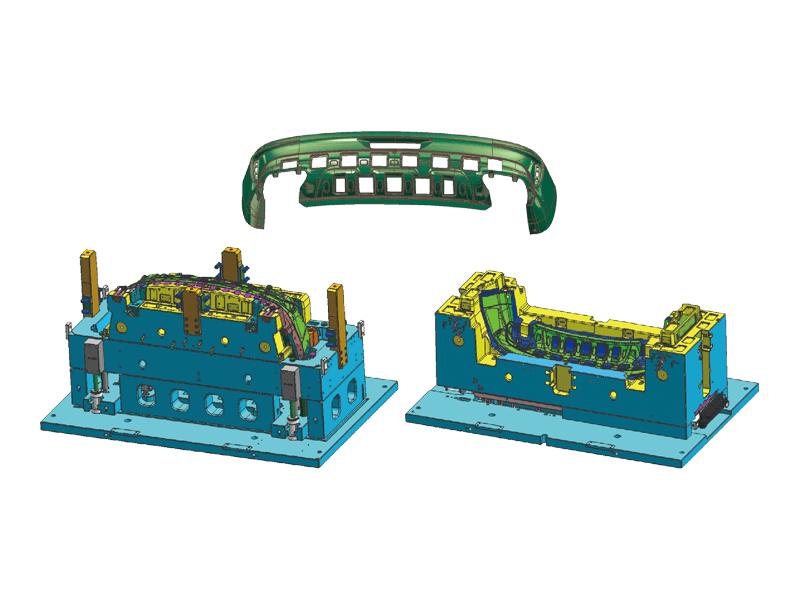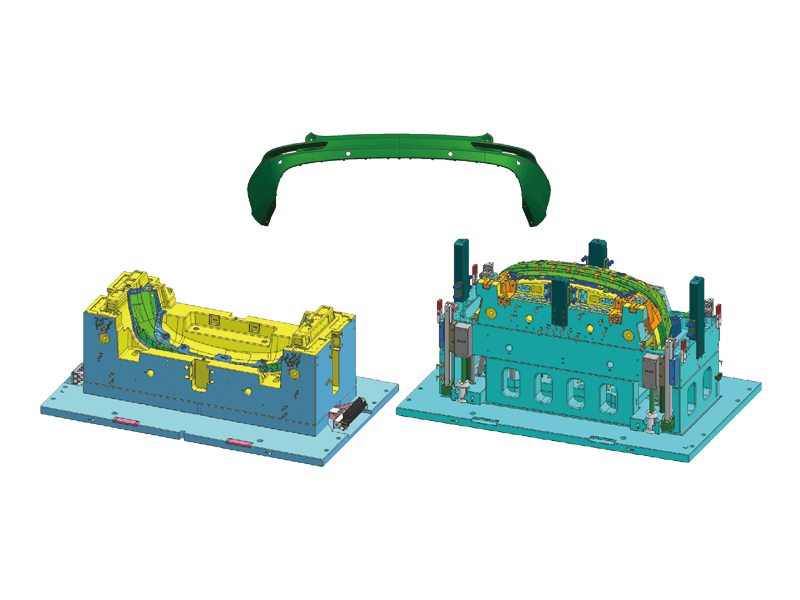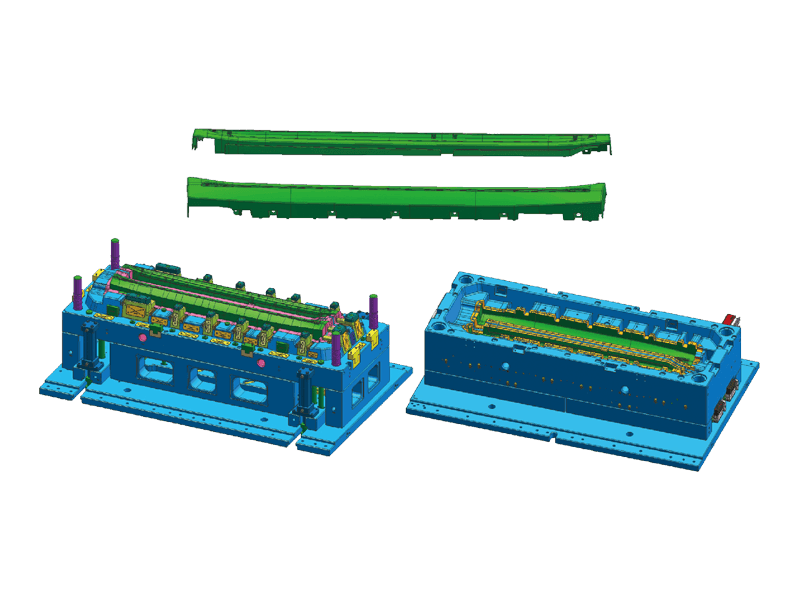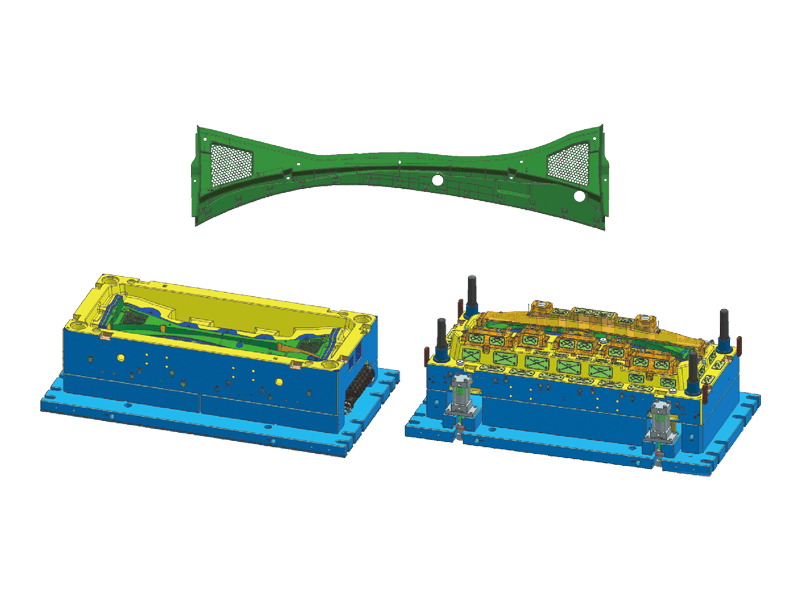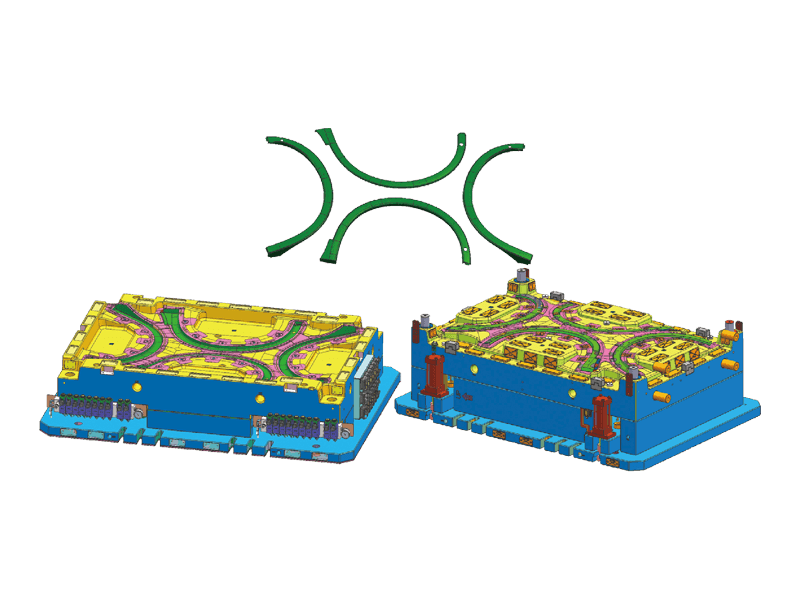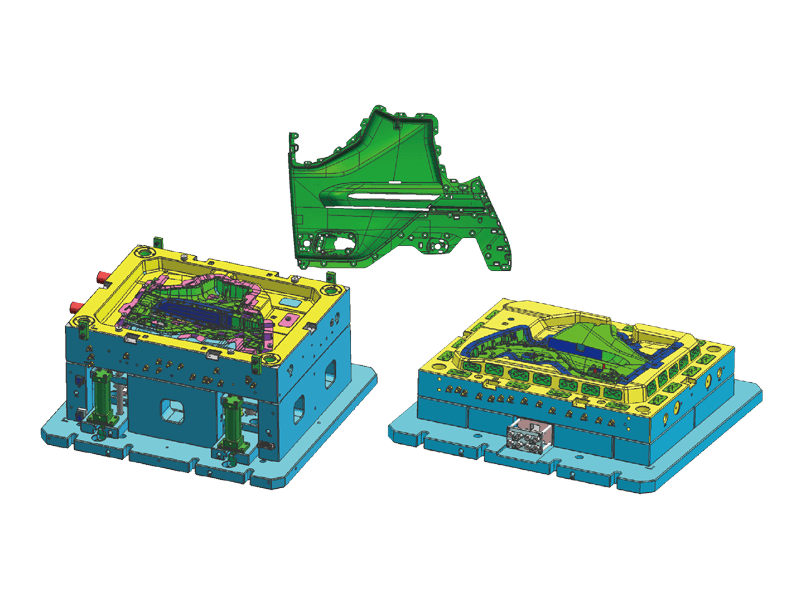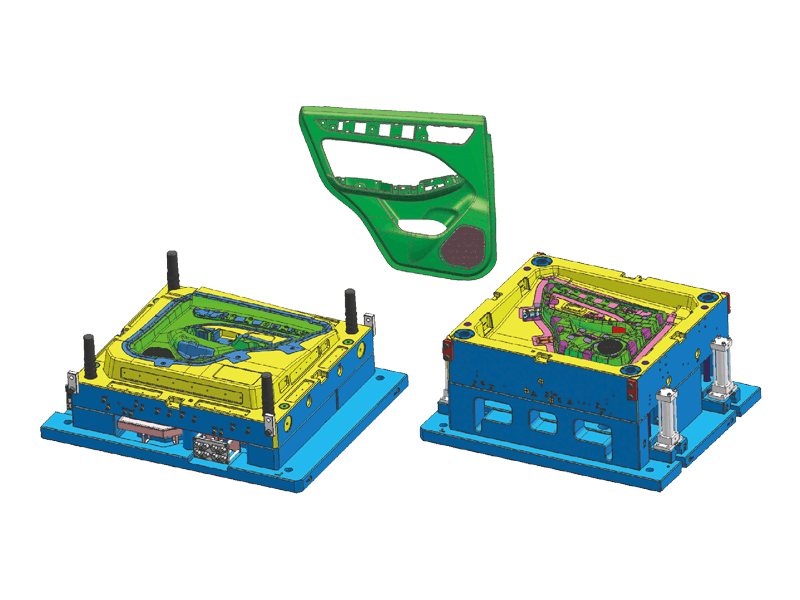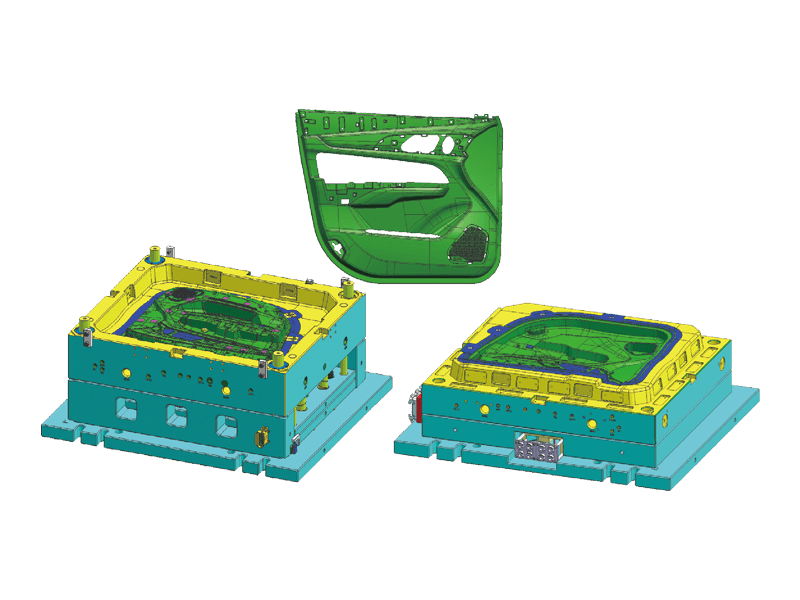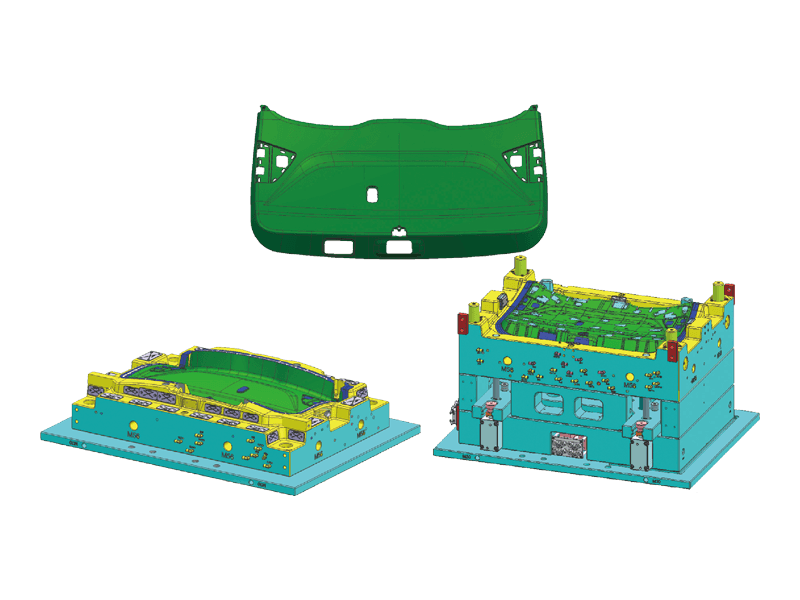In the automotive industry, efficiency, durability, and aesthetic appeal are key factors driving innovation. One critical component that blends all these elements seamlessly is the auto plastic radiator grille. The process used to manufacture this essential part is known as Auto Plastic Radiator Grille Injection Molding. This method not only ensures high-quality production but also aligns with the evolving needs of vehicle manufacturers for lightweight, cost-effective, and durable components.
Understanding Auto Plastic Radiator Grille Injection Molding
Auto Plastic Radiator Grille Injection Molding is a specialized subset of plastic injection molding, tailored specifically for producing radiator grilles used in vehicles. This process involves injecting molten plastic into a custom-designed mold, where it cools and solidifies into the desired shape. The end product is a strong, precisely formed grille that can withstand environmental elements and mechanical stress while contributing to the vehicle’s visual appeal.
This method stands out due to its high repeatability, cost efficiency for mass production, and ability to produce complex designs with tight tolerances. Because radiator grilles play both functional and aesthetic roles, Auto Plastic Radiator Grille Injection Molding is especially valuable in ensuring consistency and detail in large production runs.
Materials Used in the Process
A wide range of thermoplastics can be used in Auto Plastic Radiator Grille Injection Molding, with ABS (Acrylonitrile Butadiene Styrene), polycarbonate, and polypropylene being among the common. These materials are chosen for their impact resistance, weatherability, and ability to be easily molded into intricate patterns.
Moreover, the material selection depends on the specific requirements of the vehicle model. For instance, luxury vehicles may use high-gloss or chrome-plated finishes, which require specific plastic compounds compatible with such surface treatments. This flexibility makes Auto Plastic Radiator Grille Injection Molding a good choice for a diverse range of automotive brands and models.
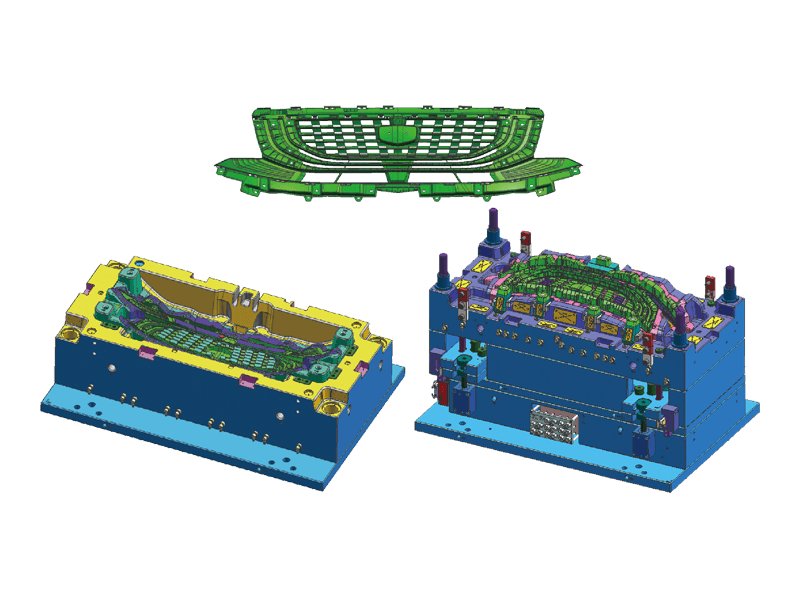
The Manufacturing Process in Detail
The Auto Plastic Radiator Grille Injection Molding process begins with the design phase, where CAD (Computer-Aided Design) models are created. These designs are then converted into molds using precision machining techniques. Once the mold is ready, plastic pellets are fed into the injection molding machine, melted, and injected into the mold under high pressure.
After the plastic cools and solidifies, the mold opens, and the part is ejected. Post-processing steps such as trimming, painting, or chrome plating may follow, depending on the desired finish. The result is a highly detailed, durable component ready for assembly.
Benefits of Auto Plastic Radiator Grille Injection Molding
One of the main advantages of Auto Plastic Radiator Grille Injection Molding is its ability to produce lightweight parts. Compared to traditional metal grilles, plastic versions reduce the overall weight of the vehicle, contributing to improved fuel efficiency and lower emissions.
Additionally, plastic radiator grilles are more resistant to corrosion, making them suitable for all climates. Their impact resistance also enhances safety, especially during low-speed collisions. From a design perspective, the molding process allows for intricate shapes and logos to be embedded directly into the grille, adding to the vehicle’s branding and style.
Customization and Innovation
Auto Plastic Radiator Grille Injection Molding also offers significant opportunities for customization. Different textures, colors, and coatings can be applied, enabling automakers to differentiate their products in a competitive market. Innovations in mold design and material science continue to expand the possibilities, allowing manufacturers to meet specific performance, aesthetic, and sustainability goals.
With the rise of electric vehicles, radiator grille designs are evolving. Although EVs require less airflow, the front-end aesthetic remains important. Manufacturers are now using Auto Plastic Radiator Grille Injection Molding to create decorative grilles that provide visual appeal and brand identity, even if they no longer serve traditional cooling functions.


 English
English 中文简体
中文简体